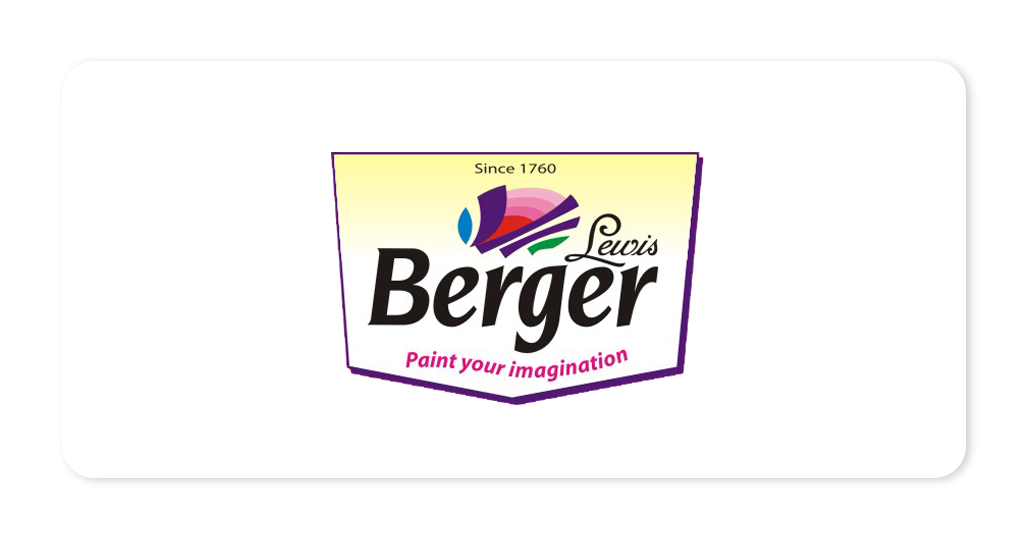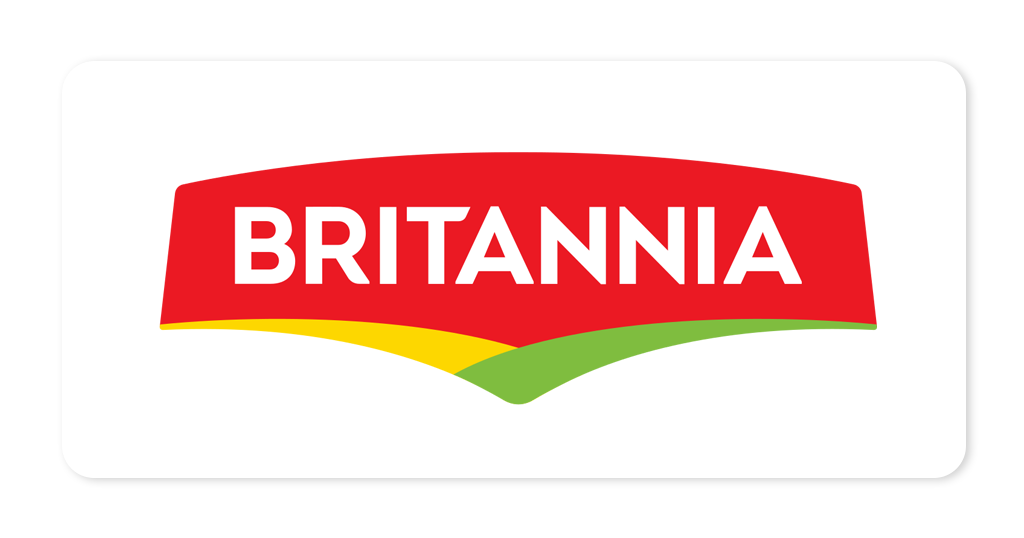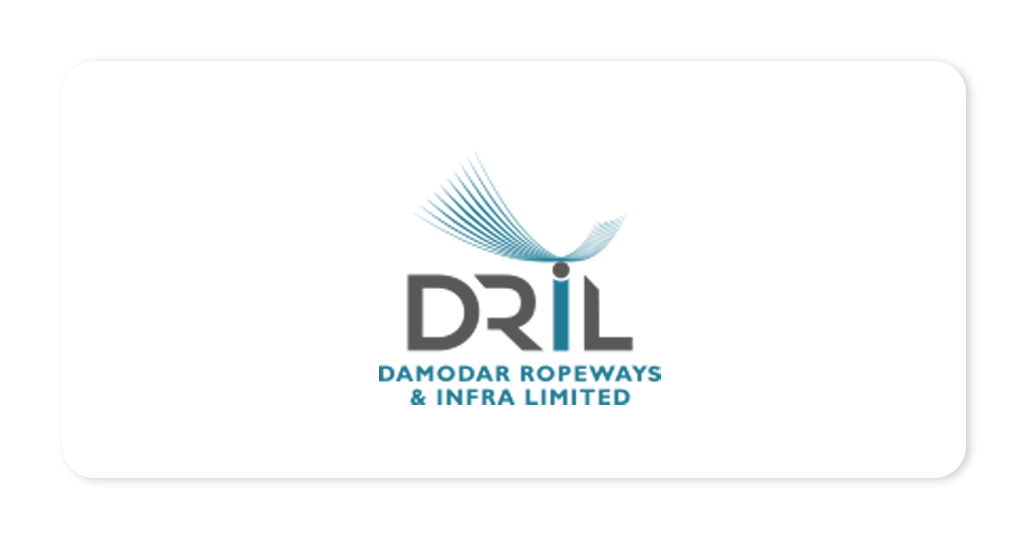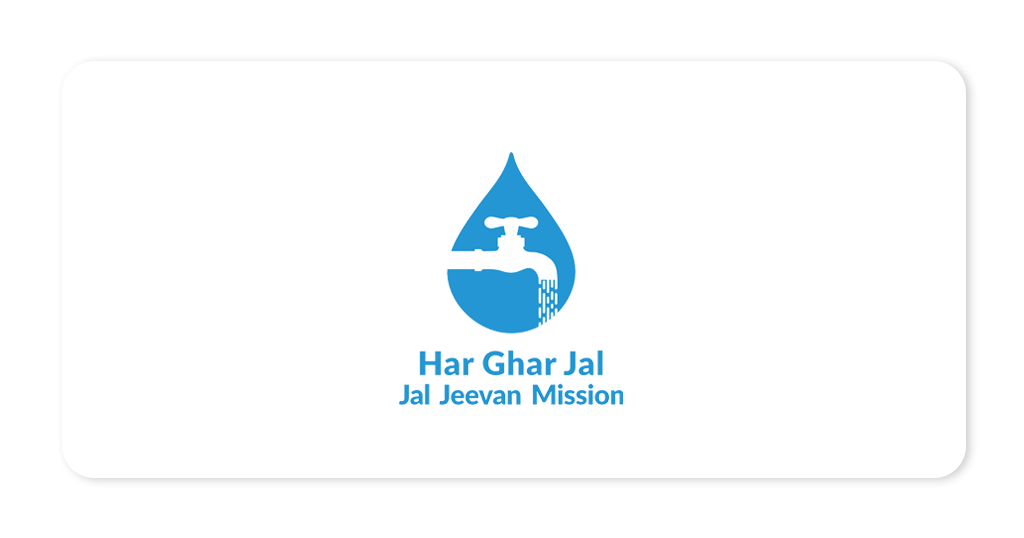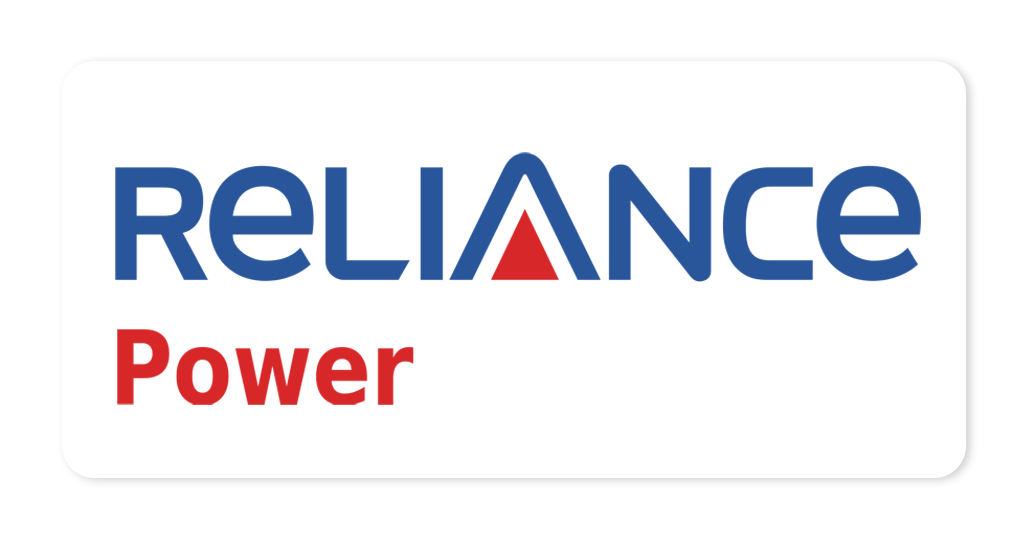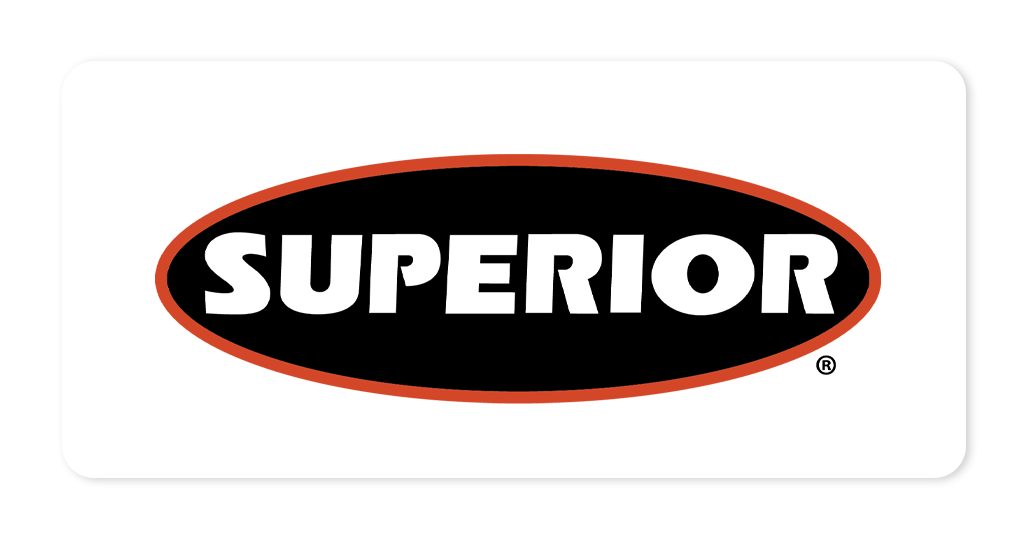
water purity test
Clean water is vital for life, but how do we really know if the water we drink is safe? Water that looks clean may still contain harmful contaminants that are invisible to the naked eye. This is why comprehensive water testing across multiple parameters is essential. Whether it’s for drinking, industrial use, or agricultural applications, testing ensures water is free from harmful bacteria, chemicals, and heavy metals. In this blog, we’ll explore the 23 essential parameters of water purity testing that help determine if your water meets the standards set by BIS:10500, WHO, and other regulatory bodies.
The first and most common parameter is pH, which indicates whether the water is acidic or alkaline. Safe drinking water typically has a pH between 6.5 and 8.5. Alongside this, temperature is monitored because it influences the chemical and biological processes in water. Colour, odour, and turbidity are basic indicators of physical quality. While colour and odour can suggest the presence of organic or chemical pollutants, turbidity measures suspended particles that may harbour pathogens.
Total Dissolved Solids (TDS) is another important parameter, showing the concentration of minerals, salts, and metals dissolved in water. High TDS can affect taste and health. Microbial tests, including Total Coliforms and E. coli, are critical indicators of bacterial contamination. The presence of these organisms in drinking water signals the risk of waterborne diseases and necessitates immediate treatment.
Heavy metals such as copper, iron, arsenic, cadmium, and chromium are tested due to their potential toxicity. While small amounts of copper and iron are common, elevated levels can cause health issues or unpleasant taste and staining. Arsenic, cadmium, and chromium (especially hexavalent chromium) are extremely hazardous and must be absent or present in minute trace amounts. Long-term exposure to these can lead to cancer, kidney failure, and neurological damage.
Chemical properties are assessed through parameters like alkalinity, which helps buffer pH changes, and total hardness, which is mainly caused by calcium and magnesium. These influence how water interacts with plumbing and soap. Other key chemicals include nitrate, which in high concentrations can cause methemoglobinemia (blue baby syndrome), and sodium, which is concerning for individuals with hypertension. Sulphate and chloride are also tested, as they affect the taste and corrosiveness of water.
Fluoride is tested due to its dual nature—it’s beneficial for dental health in small amounts but causes fluorosis if consumed excessively. Potassium is another mineral monitored, especially for kidney health. Lastly, Free Residual Chlorine is checked to ensure proper disinfection of water; too little can mean inadequate protection from pathogens, while too much can cause irritation or bad taste.
At Virat Global Lab (A division of Aseries Envirotek India Private Limited), based in Lucknow, we specialize in eco-friendly water testing services. Our lab practices sustainable methods with minimal chemical waste, efficient digital reporting, and compliance with national environmental standards. We help individuals, businesses, and housing societies take control of their water quality through reliable, science-backed testing.
Understanding and regularly testing these 23 parameters is not just about regulatory compliance—it's about safeguarding your health and the environment. Water testing should be a proactive step for every household, industry, and institution. If you’re looking for a certified, accurate, and green water testing lab in india, trust Virat Global Lab to deliver results that matter.
At Virat Global Lab (A Division of Aseries Envirotek India Pvt. Ltd.), we invite businesses, Industries and institutions across various sectors to explore the benefits of partnering with us for their environmental testing and analytical needs.



